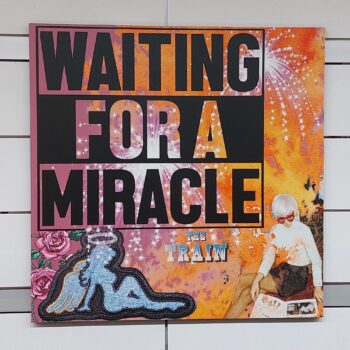
Naturally, as children, we have not yet developed the cognitive capacity to make sense of the world in the way that an adult would. Also, our worldview is largely centered around our Self. Therefore, we inevitably explain any event in terms of our existing understanding of who we are, including our self-worth. For example, if our mother does not want to play with us as children, we might say to ourselves that it is be because we are not worthy of her attention. (The most likely reason would be that she is busy with her household chores, her job requirements, a sibling, or similar.) In our childhood, we gradually adopt a range of beliefs about who we are as individuals. Over time, these beliefs about ourselves and the world become “self-actualizing”.
As human beings, when we experience a hurtful or confusing situation, we tend to make sense of it. As children, we create our own inner explanations with the limited understanding of a child. Some of these explanations become beliefs about our selves and the world around us. In difficult situations, these beliefs also act as survival strategies to better equip us in coping with a similar situation in the future. Even though our formed beliefs may be of a “negative” kind, they will still provide some comfort as an “explanatory filter” to protect us from being confused again. For example, the next time that we ask our mother to play with us and she says “no”, on some level of consciousness we will react based on the belief that we are not worthy of her time or attention. (At least we now believe that we know why…). Having a self-made explanation seems to be a lot easier for a child to handle than experiencing confusion around the rejection. Thus, the belief might have started as a “working hypothesis”, yet over time it may be reinforced and is buried deep within our subconscious mind.
In the second part of our lives, we continue to shape our self-image by taking on new beliefs. Eventually, the new beliefs get stacked onto the old ones as layers upon layers of beliefs. Thus, we gradually create and reinforce our identity through the lens of our beliefs, many of which were formed in early childhood. For example, we may come to adopt the beliefs: “I am funny” and “I am outgoing”, or perhaps “I am boring” and “I am a lonely person”, or any other description. Through our many (thousands of) subconscious beliefs, we lead our lives largely directed by our subconscious mind.
One day, hopefully, we wake up to the realization that we do not need to be limited by any of these beliefs about ourselves and the world. We realize that we have adopted most of our beliefs, primarily as children and teenagers, to make sense of the world and to cope with potential challenging situations – often to protect ourselves from being wounded again. (While some beliefs were taken on intentionally, others were more subconsciously adopted from our family, friends, culture etc.)
As adults, however, we have the power to choose who we want to be and how we want to live our lives. We have the opportunity to recognize, understand and intentionally discard any old beliefs that stand in our way. In their place, we also have the opportunity to choose new beliefs that can empower, strengthen and liberate us.
The moment we realize that we are not our beliefs, we become liberated from our past conditioning. We understand that life is now in our hands. We are free to imagine, create and manifest anything that our heart desires. As Neville Goodard writes in his book The Power of Awareness: “If a man’s concept of himself were different, everything in his world would be different.”



